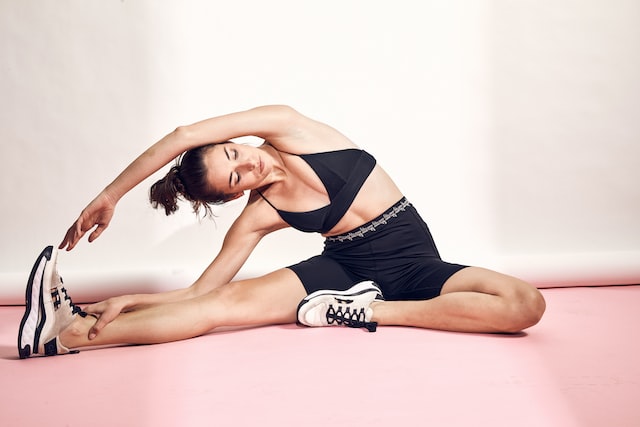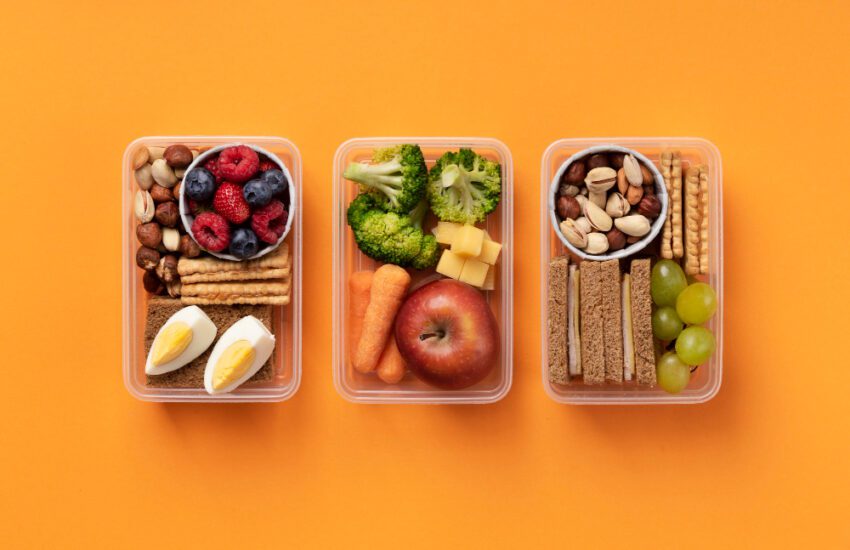
Choosing a suitable fabric for your athleticwear is essential, especially if you plan to wear it for exercise. The material you choose will help ensure your workouts are comfortable and practical. Here are a few things to consider.
Spandex
Having fabrics idea for athleticwear involves much more than selecting a material with good moisture-wicking properties. The kind of fiber, structure, and construction method are a few things to consider.
The most apparent advantage of spandex is its stretch. The material expands up to eight times its original size and recovers its shape. It makes it an ideal material for workouts that require a lot of movement.
Polyester is also an excellent choice for athletic wear. It has similar properties to nylon, including a high degree of durability and chemical resistance. However, it doesn’t breathe as well as cotton or spandex.
Mesh fabric is another option. It keeps water out of the fabric but lets air in. This fabric is a good alternative for sportswear in cool weather because it will keep you dry and warm.
Cotton is an excellent natural fiber, but it’s not recommended for vigorous exercise. It occurs as a result of cotton’s high hydrophilicity. Choosing a cotton blend of synthetic fibers is a better alternative.
The most important thing to remember when purchasing athleticwear fabrics is to choose one that is breathable but could be better at absorbing moisture. Several materials are used for compression clothing; some are innovative in keeping perspiration odors from forming.
Nylon
Choosing the best materials for your athleticwear is essential. There are many different options to choose from. It’s important to remember that each material is best suited for a particular application. Some fabrics are more breathable and moisture-wicking than others.
Polyester is a commonly used material for athletic wear. It’s a lightweight fabric that’s wrinkle-free and breathable. It’s also strong, durable, and resistant to abrasion. It’s also an excellent insulator, keeping you warm in cold weather and dry in humid conditions.
Nylon is another common material used in athletic apparel. It’s constructed from a rugged synthetic yet stretchy and flexible material. Leggings, sports bras, and exercise shirts respond nicely.
Mesh is yet another typical substance. High-thread count textiles with this breathable fabric are weaved into them. It is typically used as a liner for athletic clothing. It’s a soft fabric that works well for loose-fitting blouses and tanks.
There are two types of polyamide fibers: organic and naturally occurring. In the first category, the fabric can be spun into several threads, including Nomex.
The elastomeric fibers in Nylon Spandex are an excellent substitute for rubber in clothing. They’re versatile, durable, and can expand up to 500% without breaking. They’re also easy on the skin.
Athletes are always looking for ways to protect themselves from the elements. Waterproof synthetic fabric is perfect for regular-intensity workouts in cooler weather. It’s also designed to evaporate sweat, reducing irritation.
Dri-Fit
Whether you’re looking for athletic apparel for running, hiking, or just hanging out, Dri-Fit fabric will be a good choice. It’s made of a polyester and elastane blend and has moisture-wicking properties that move sweat away from the skin. It’s also perfect for sports bras, leggings, and jackets.
However, Dri-Fit is not a 100% waterproof fabric. While it can keep you dry in the heat, there are better choices for repeated use in high-intensity activities.
Maintaining your Dri-Fit gear can help you get the most use out of it. You don’t need to use special detergents, but you should avoid using fabric softeners. They can clog the finely woven material and affect its quick-drying abilities.
The best way to maintain your Dri-Fit clothing is to wash it in cold water with powdered detergent. Then, it would be best if you air-dry it. If you need to iron it, you should only do so to remove wrinkles and not to remove the design. If you iron it over the design, it could peel off.
Cotton is another fabric that you can use in your athletic wear. Cotton has a unique softness and breathability. It’s also easy to clean. However, the heat immediately causes it to shrink.
Bamboo fiber
Among the most popular fabrics for athleticwear are those made with bamboo fiber. It is a natural fabric that provides a significant amount of moisture-wicking properties. It is also UV-protective and has antibacterial properties. Its softness makes it ideal for people with sensitive skin.
It is used to make many different products. Some of them include bedding, pillows, curtains, and clothing. It is considered environmentally friendly because it is natural and does not produce harmful chemicals.
It is easy to care for. It can be machine-washed. It is highly breathable, and it will dry quickly. It is also mildew resistant. It has a high thread count, meaning it will be soft and pliable.
It can be used for virtually any application. It is also an excellent moisture-wicking material, keeping cool air on your skin.
It is a versatile fabric that can be used in any application, including clothing. Compared to cotton, it is softer, stretchier, and more moisture-wicking. It is also easy to weave into high thread counts.
It is also lightweight. It is easy to wear, and it is comfortable to wash. Unlike cotton, it does not shrink. Additionally, it keeps you cool by wicking sweat away from the body, making it a fantastic option for hot situations. It is also a hypoallergenic fabric, which means it will reduce allergic reactions.


